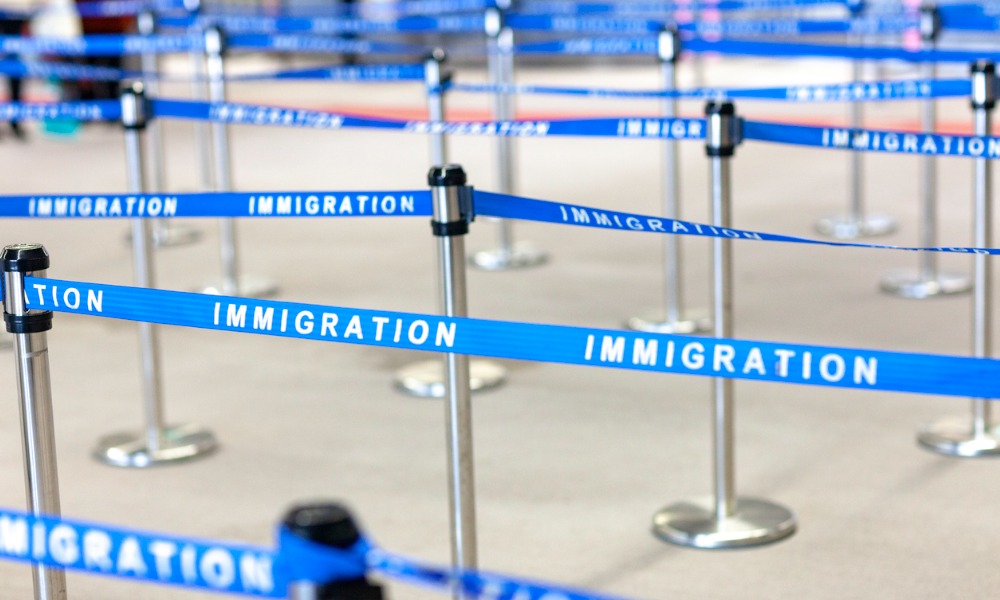'Now's the time for employers to make sure their policies and practices are tight, and to update them where necessary'

On Jan. 30, the International Labour Organization (ILO) Convention 190 (C190), the Violence and Harassment Convention, 2019, formally entered into force in Canada, just one year after its ratification. C190 is the first-ever global treaty on ending violence and harassment at work.




